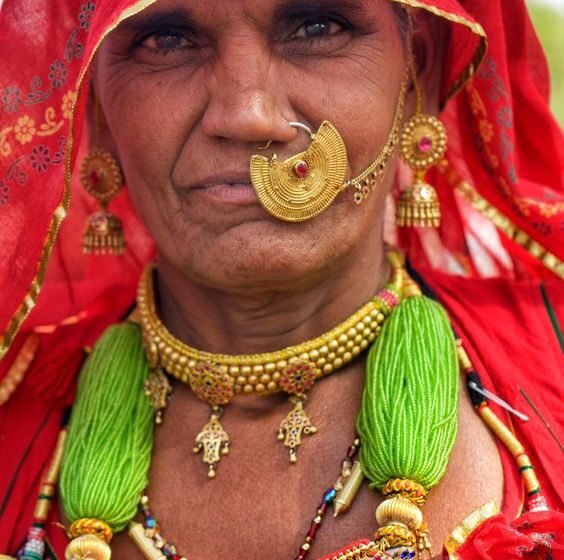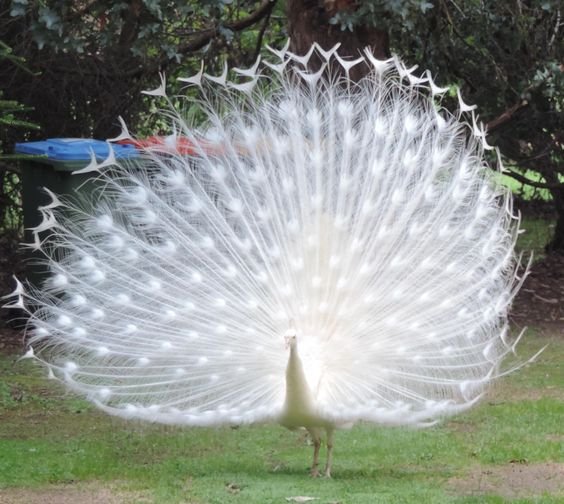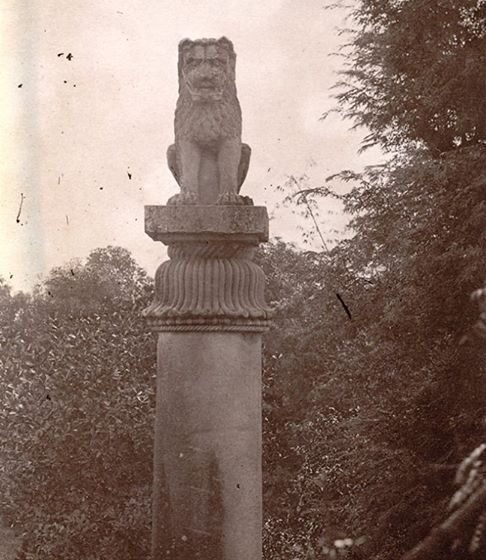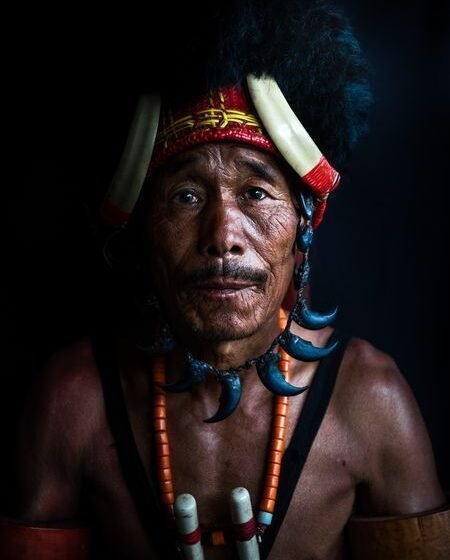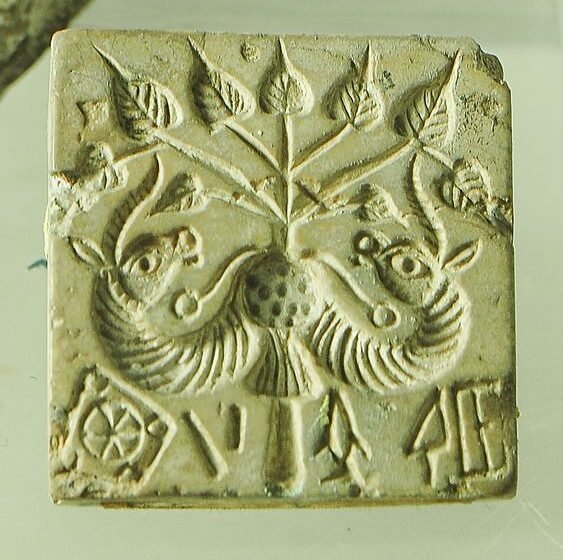Exploring the Sacred Splendor: Unraveling the Mystique of 108 Shiva Temples at Ambika Kalna, West Bengal Nestled amidst the tranquil environs of West Bengal, India, lies a pilgrimage site steeped in divinity and architectural grandeur – the 108 Shiva Temples at Ambika Kalna. Constructed in 1809 by Maharaja Teja Chandra Bahadhur, these temples stand as […]Read More
Tags : INDIAN HISTORY
The Bishnoi Community: Environmental Conservation and Spiritual Traditions in Rajasthan
The Bishnoi community, that was established by in the 15th century by Guru Jambeshwar is a steadfast guardian of environmental conservation with its population that has now reached about approximately 1.5 million. Their ethos is deeply rooted in their sanctity of life. This provides a window for us to see the harmonious relationship between humans […]Read More
An Exploration of the Everlasting Aura of White
In a world where colours dance and blend in a kaleidoscope of hues, one shade stands resolute, beckoning contemplation and reverence: white. It is the canvas upon which light itself paints its purest expression, evoking notions of clarity, purity, and transcendence. From the pristine snowfields that blanket landscapes in winter’s embrace to the luminous glow […]Read More
Gond Art and Culture: The Indigenous Aesthetics of Central India
India’s cultural landscape has various threads of traditions, spirituality and creativity that is said to be connected with the stories of tribal communities. Among these communities, the Gonds stand strong as an example of resilience, creativity and cultural richness. Comprising just over 9 million, out of the total tribal population of India, the Gonds represent […]Read More
In the grand tapestry of the visible spectrum, nestled between the calming hues of cyan and the vibrant glow of yellow, lies a colour that has captivated the human imagination for centuries: green. With a wavelength ranging from 495 to 570 nanometers, green manifests itself in myriad forms, from the verdant landscapes of nature to […]Read More
Monuments of Morality: Unraveling the Legacy of the Ashokan Pillar
“Dhammaghosha is now replacing Bherighosha…” The significance of this statement found in Ashokan inscriptions is monumental. For the first time in world history, there was a King who understood the futility of war and instead considered looking after his subjects as the true aim of a KIng. Rightly known as “The Great”, this King was […]Read More
Sunshine, Daisies, Butter Mellow: Cultural Significance of Yellow
In a world adorned with the vibrant hues of nature’s palette, few colours command attention quite like yellow. It dances through the air in the golden radiance of autumn leaves, whispers secrets in the gentle flutter of canary wings, and bursts forth in the cheerful petals of daffodils heralding the arrival of spring. From the […]Read More
Naga Tribes: History,Cultural Traditions and the Struggles
The Naga tribe, located in the northeastern region of India, has a rich culture and heritage that has marks of tradition as well as resilience. The Naga people are spread amongst the hills and dense forest of Nagaland and its neighboring states. They have been living here since ages and have went on to form […]Read More
A Gem’s Odyssey: The Fascinating Voyage of the Koh-i-Noor Across
In 1739, Nadir Shah of Persia orchestrated an invasion of India that was marked by brutal plunder, including the sack of Delhi. After a decisive victory over the Mughal Emperor Muhammad Shah, he laid claim to the rich treasures of India like the Timur Ruby and Daria-e-Noor. But it was when he laid his eyes […]Read More
Lost Artifacts: Indus Valley Civilisations – Script and Seals
In the 1850s, Chales Masson, a soldier of the East Indian Company was exploring the dusty plains of Punjab when he came across the apparent ruins of an abandoned and forgotten town. It was not until 1920 that the Indian archaeologist, Daya Ram Sahni started excavations and conducted a path-breaking archaeological discovery which finally revealed […]Read More

